While it might seem odd to find patches or even the entirety of your hair a different color than the ones in your head, it is actually normal! And it’s more common than you think.
Yes, your beards can change their color and it’s even backed up by science. The short explanation is that the level of pigmentation can alter the color of your beard. Of course, there are also other factors like malnutrition and stress but we’ll get into that later.
The important thing is to not panic. If you’re intensely weirded out or worried then you should consult a professional. If not, we’ll help you find why your beard’s color is the way it is.
Contents
The causes for your beard color
Beards can be a fickle thing. Sometimes they don’t grow the way we want or expect them to. That can also be applied to its color. While there’s usually nothing to worry about, it’s still important to be aware of the possible causes.
Levels of pigmentation
Your hair follicles have a specific level of pigmentation. It is the one that determines what hair color your beard gets. Each follicle is a mixture of pheomelanin and eumelanin. The former is for black and brown shades and the latter for red and yellow shades.
So, if your beard has low eumelanin but high pheomelanin then you’ll end up having brown or black beard color. Since different combinations might result in different shades, it is entirely possible to end up having red patches on your beard hair when you’re a brunette.
Stress
Stress can affect the stem cells that generate hair pigment, thus causing it to turn gray. It is the first sign of stress and is a common phenomenon. Most people will find their hair turning gray even before 50 years old.
Don’t worry though, the effects of stress can still be reversed. If you don’t like having gray then try and minimize/remove the stress in your life. It might take some time but it’s definitely worth it to see a healthy tint to your beard.
Malnutrition
Lacking certain nutrients may affect your level of pigmentation, thus changing your hair color. After all, stress isn’t the only thing that can cause premature graying of the beard, malnutrition can do the same.
Of course, you’ll need to make sure that you’re getting a balanced diet and eating enough for your body. If you don’t like certain foods that are detrimental to your diet, try taking supplements or find an alternative food that offers the same amount of nutrients.
Sun Exposure
One thing you need to remember is that your hair is technically dead, it cannot regenerate cells. So, if it gets damaged due to long exposure to UV rays or what we call sunlight, it won’t be able to reproduce melanin, thus lightening the color of your beard.
What happens is that the sun acts as bleach which removes your hair’s natural color. That means the longer you stay under the sun, the higher the chance you’ll have a lighter beard along with that sunburn.
Aging
This factor depends on what age you are. If you’re in the process or done with puberty, your hair might darken due to an increase in testosterone. It’s a natural occurrence that every man goes through and you might even have observed your hair darkening.
On the other hand, it will turn gray in the older stages of life. The cells that produce melanin will gradually wear out as you age. Unfortunately, it is a natural part of the aging process and it will be hard to counter naturally.
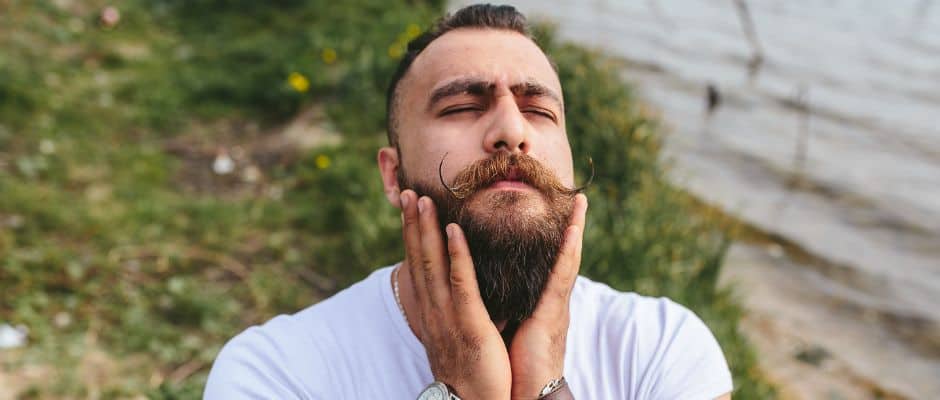
How to change your beard hair color
It’s quite annoying to find strands of gray or white hair sticking out, especially to those who take extra time just to pamper their beards. That’s why it’s perfectly normal to resort to dyes, be it natural or store-bought.
If you have quite a sensitive beard and you’re reluctant on putting any product on it then we have good news for you! There are beard dyes for sensitive skin so you don’t have to worry about irritating the skin underneath.
Beard Dye
Beard dyes will not only help fix your graying problem but they can also make your beard look more robust and/or fuller. It is a great way to instantly bring back pigment without waiting for your supplements to take effect.
And thanks to modern technology, there are now different types and formulations that cater to most of your beard needs.
Standard Beard Dyes
It’s similar to hair dye, you get a sachet of the product and a brush for easy use. It’s accessible and easy to handle.
And just like other hair dyes, you brush the product in your beard, sit it out and wash the product off after. Make sure to read the instructions carefully, some brands have different waiting times than others, it all depends.
Shampoo Dye
Shampoo dyes usually come in the color black. This is because it’s made to be a quick fix to graying hair. That’s why it’s marketed as an easy way to dye your beard without the need for a brush and can be done in the comfort of your shower.
If there’s a low interval between your beard’s change of color then this is a great option for you. It comes in one-use packs that can easily fit inside your pocket, perfect for traveling or when you often need to color your beard.
Filler Pen
Just like the color pencils that you use as a child, you can color your beard and make it look fuller. Just repeatedly stroke on the area for it to color and you’re done.
It’s usually for people who have bald spots and want to cover them up but it’s also a great alternative to the standard dyes. Filler pens are a great way to color specific areas if you don’t like dying your whole beard.
Natural Beard Stains
Chemicals on your hair and skin can be off-putting, especially when you haven’t tried dyeing your beard before. Fortunately, there are natural ways to dye your beard without relying on formulations.
Mother nature has always given us everything we needed and yes, this includes hair and beard dyes. While it might be costly to purchase natural oils, it’s a good alternative if you’re still unsure about beard dyes.
Henna
It is a reddish-brown dye that not only colors hair but skin and fabric as well. It’s a plant dye that can be found in a henna tree that grows in hot climates.
It can be bound to keratin, the fresher it is, the darker the dye. The only downside is its usage, it can stain a lot so it would be a pain to clean it up in case it gets anywhere.
Indian Gooseberry
The great thing about this natural dye is that it also tackles your hair’s health. That way, your beard will look good while being healthy!
You can mix it with henna if it has too much of a red tint. It’ll need continuous coloring too since it only gradually colors your hair.
Coffee
Yes, it’s not coffee beans but the coffee itself. Although the ones used for dye are quite stronger than the ones people usually drink.
Since it’s a liquid and can’t be turned into paste, you’ll probably need a dye applicator. It’ll get messy very quickly so it’s much easier to either do it in a bathtub or outside.
Cocoa Powder
If you’re looking to just darken your hair without getting the right color, then this is the right fit for you. Getting a specific color means that you’ll need to be careful with the mixture and ratio of the paste.
Remember, the darker it is, the darker it will color your hair. It’s pretty easy to use since you can turn it into a paste.
Plant Oils
Some oils can darken your hair over time. Although slow, it’s a good way to slowly get used to having dark hair, especially if you’re unsure and just want to test it out.
You can use coconut, mustard seed, curry leaf, castor, and even almond. You can apply it after you’ve washed your hair and it’s still damp. Make sure to apply it thoroughly with a brush or you might end up with uneven color patches.
Conclusion
Beard color can be seen as a reflection of your physical and mental health, age, and even habits. Once you get to know the causes of its color, you’ll soon realize the connection it has to the rest of your body even if it’s technically just dead cells.
While it changes its color naturally, you can also use dyes to lighten or darken your beard. You just need to choose the right product/plant for the type of color you want to achieve and how sensitive your skin can be.
And if you’re unsure about all of this, you can also try natural oils that slowly darken your hair. That way, you can test out a color without going all the way and committing to a big change in appearance.
Amazon and the Amazon logo are trademarks of Amazon.com, Inc, or its affiliates.
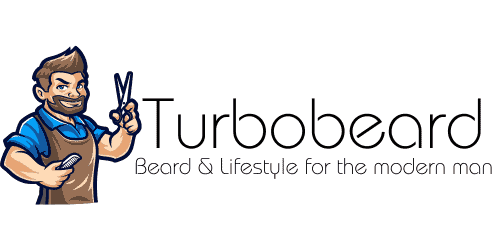
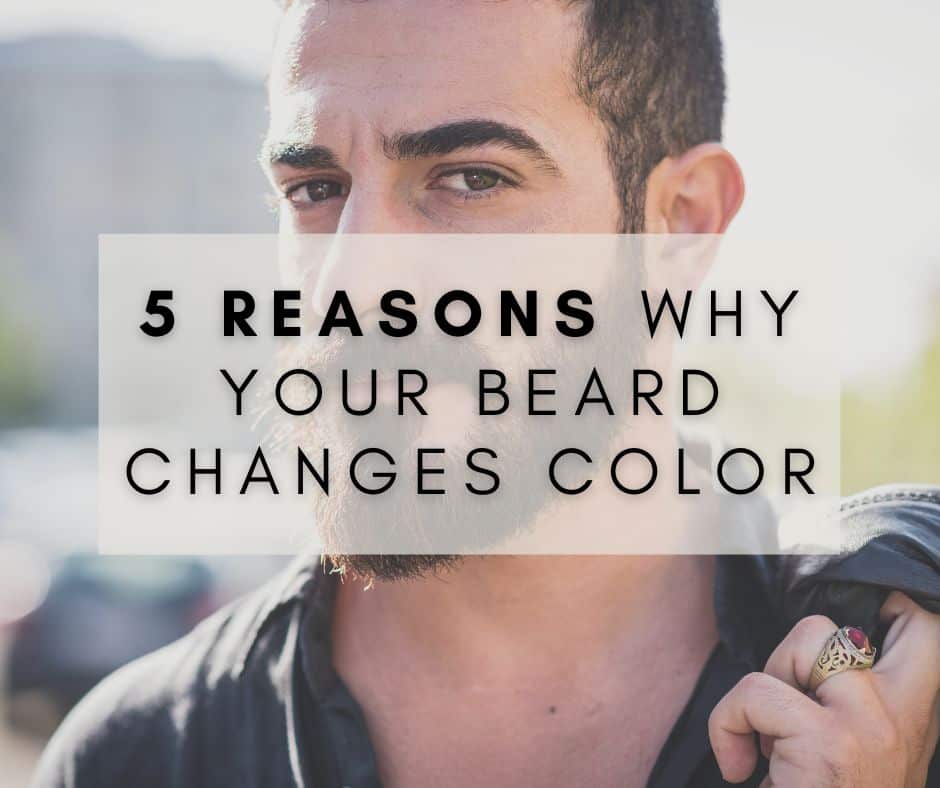


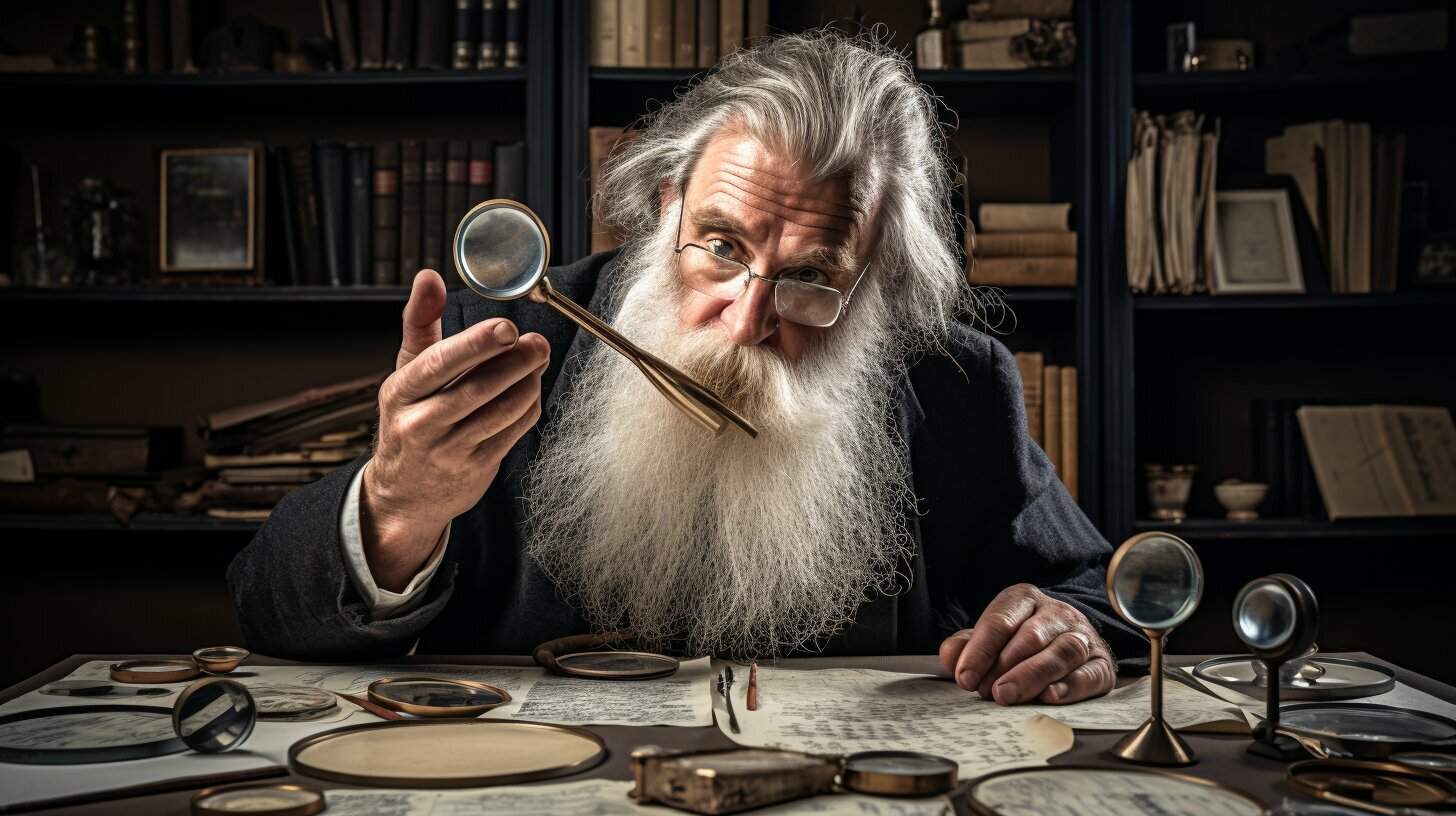
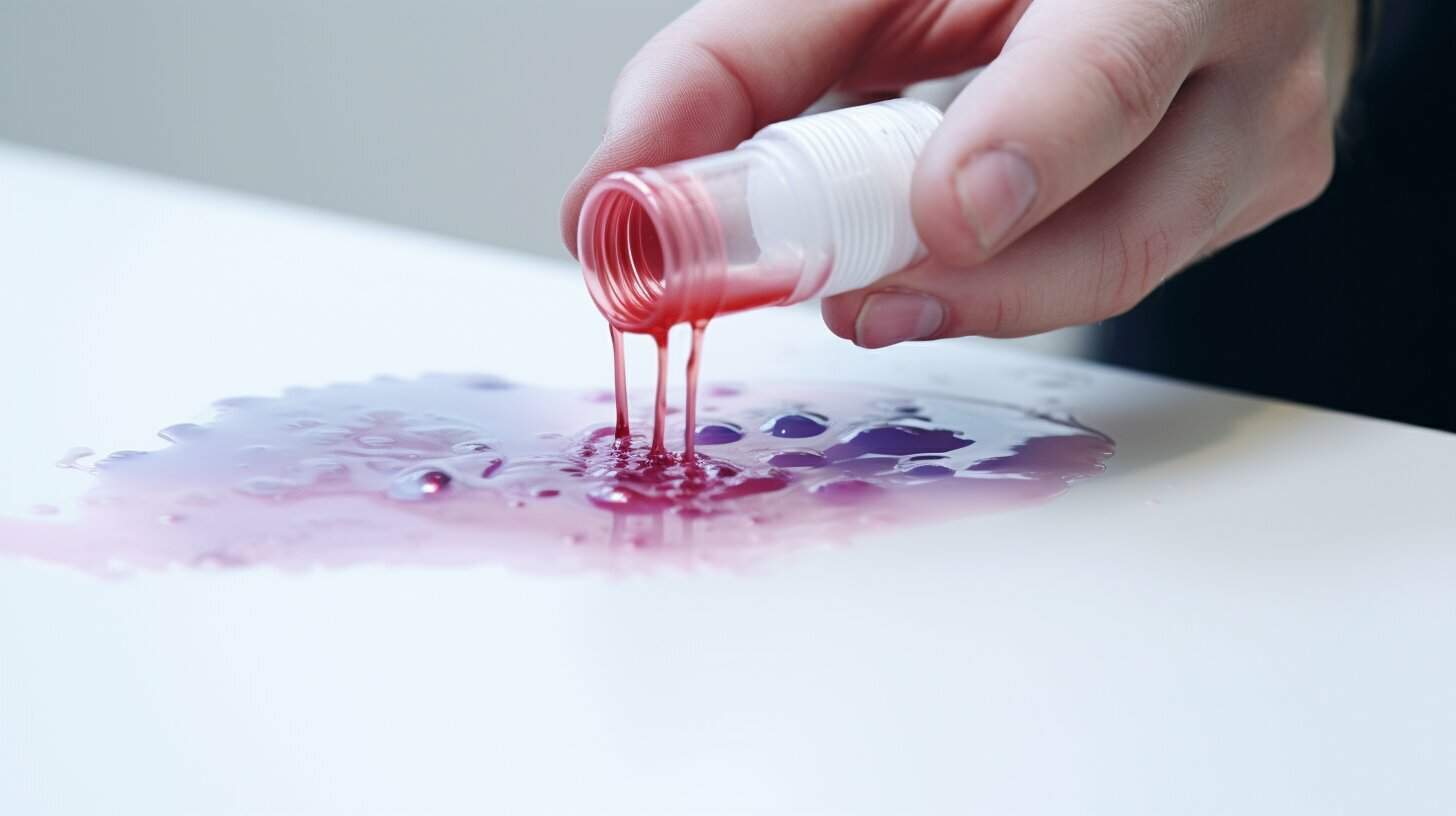

Leave a Reply